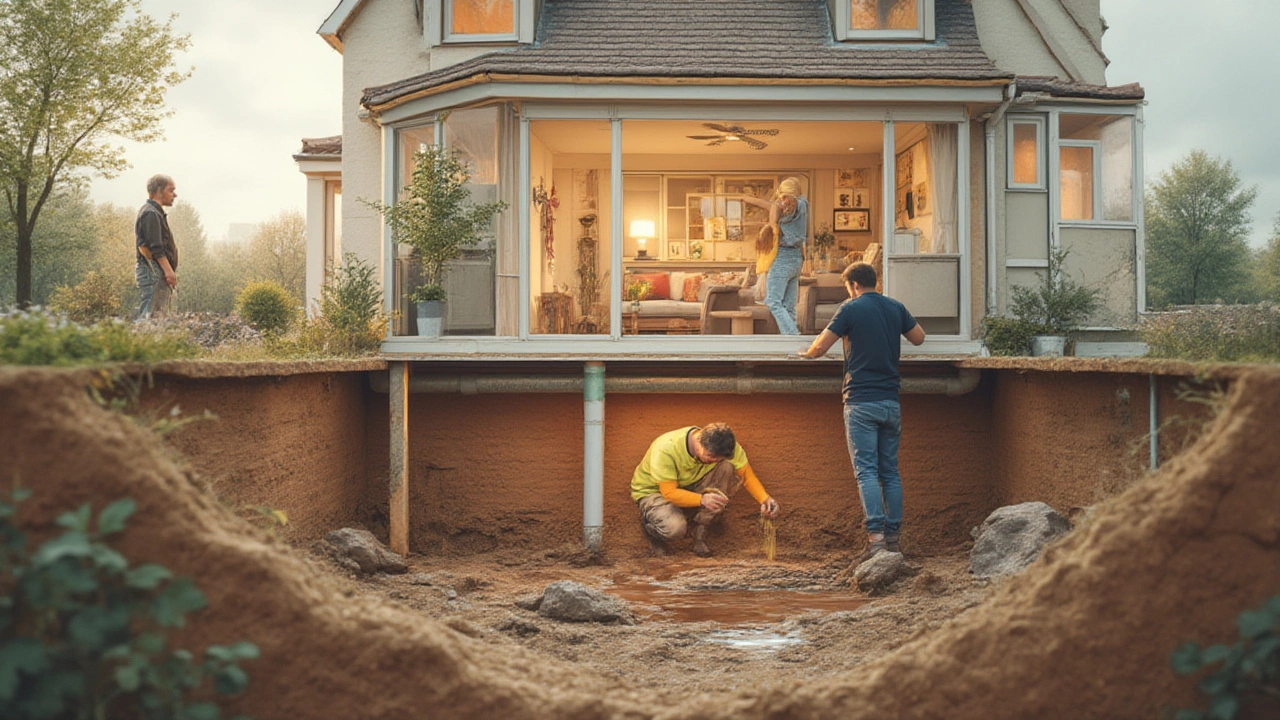Find out if your homeowners insurance covers broken pipes under your foundation, learn the facts, expert tips, and what to do if disaster strikes.
Water Damage Coverage: What Homeowners Need to Know
If a pipe bursts or a storm seeps in, the first thing on your mind is usually the mess, not the bill. That’s why understanding water damage coverage is a must. It isn’t just about buying a policy – it’s about knowing what’s inside, what’s left out, and how to make the most of it when you need it.
What a Typical Home Insurance Policy Covers
Most standard home insurance plans will pay for water damage that comes from sudden, accidental events. Think burst pipes, an overflowing bathtub, or a roof that collapses after a hailstorm. The insurer will cover the cost of fixing the damage and replacing ruined items, as long as the incident was unexpected.
However, there are clear limits. Gradual issues like slow leaks, mold that develops over months, or damage from poor maintenance are usually excluded. If you ignore a small drip and it turns into a big hole in the wall, you’ll likely be on the hook for the repair.
When You Need Extra Flood or Sewer Backup Coverage
Floods are a whole different ball game. If you live near a river, in a low‑lying area, or even in a neighborhood that experiences occasional heavy rain, you’ll want a separate flood policy. This isn’t automatically part of a regular home policy, and the government’s Flood Re scheme or private insurers can offer it.
Sewer backup coverage works in a similar way. If a city’s storm drain backs up and floods your basement, a standard policy won’t cover it unless you’ve added a rider. Adding this rider is often cheap compared to the potential payout, and it can save you from a costly cleanup.
Now, let’s talk about filing a claim. The moment you spot water damage, take photos, note the source, and start a paper trail. Contact your insurer right away – many have a 24‑hour hotline for emergencies. The faster you report, the smoother the process.
Your insurer will likely send an adjuster to assess the damage. Be ready to show receipts for any immediate repairs you’ve made to stop further loss, like shutting off water or moving valuables to a dry area. These “mitigation” steps are often required for the claim to be approved.
One mistake homeowners make is waiting too long to clean up. Mold can start growing within 48 hours, and most policies won’t cover mold removal if you let it sit. Use fans, dehumidifiers, or even rent a professional service if the damage is extensive.
Finally, keep an eye on your policy’s deductible. A higher deductible means lower premiums, but it also means you’ll pay more out‑of‑pocket when a claim goes through. Weigh the cost of the deductible against the likelihood of a water incident in your area.
Bottom line: water damage coverage isn’t a one‑size‑fits‑all deal. Read your policy, add flood or sewer backup riders if needed, document everything, and act fast when water shows up. With the right prep, you’ll avoid surprise bills and get your home back to normal quicker.
